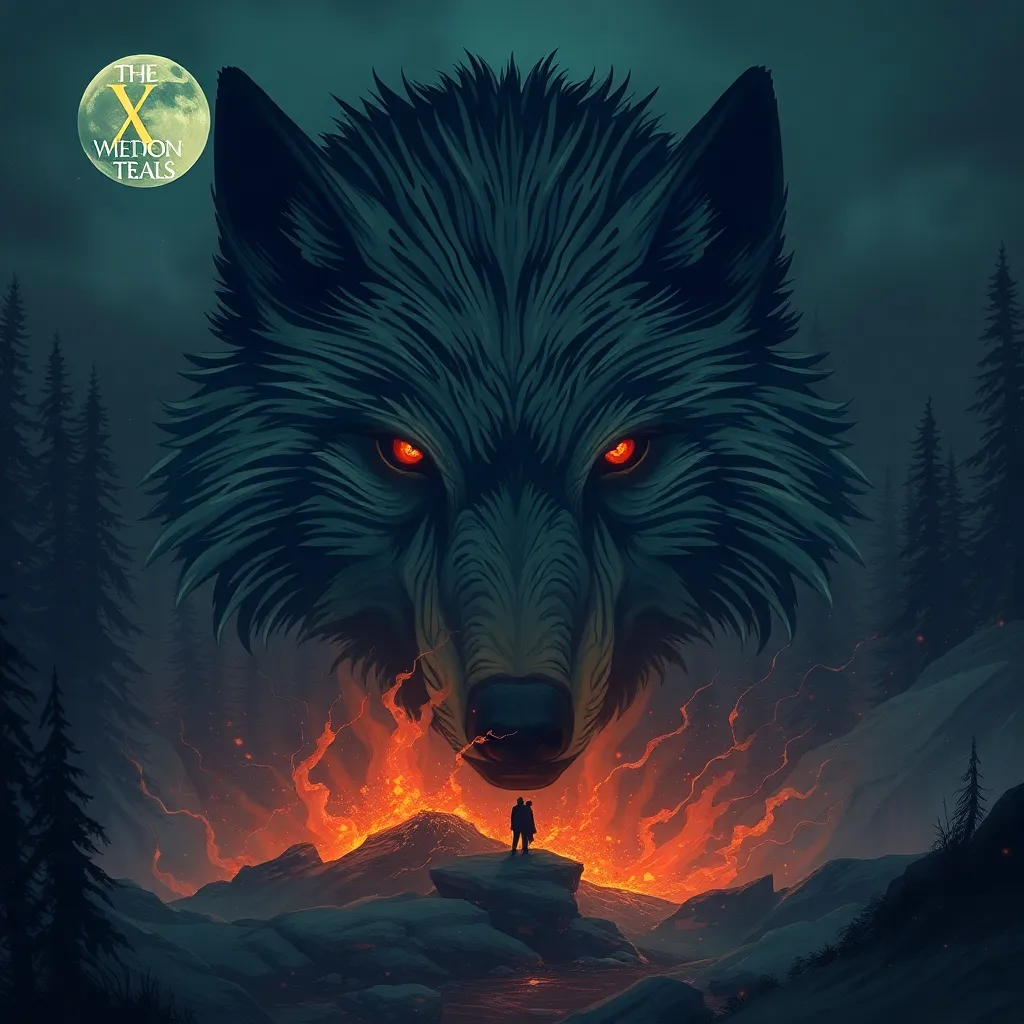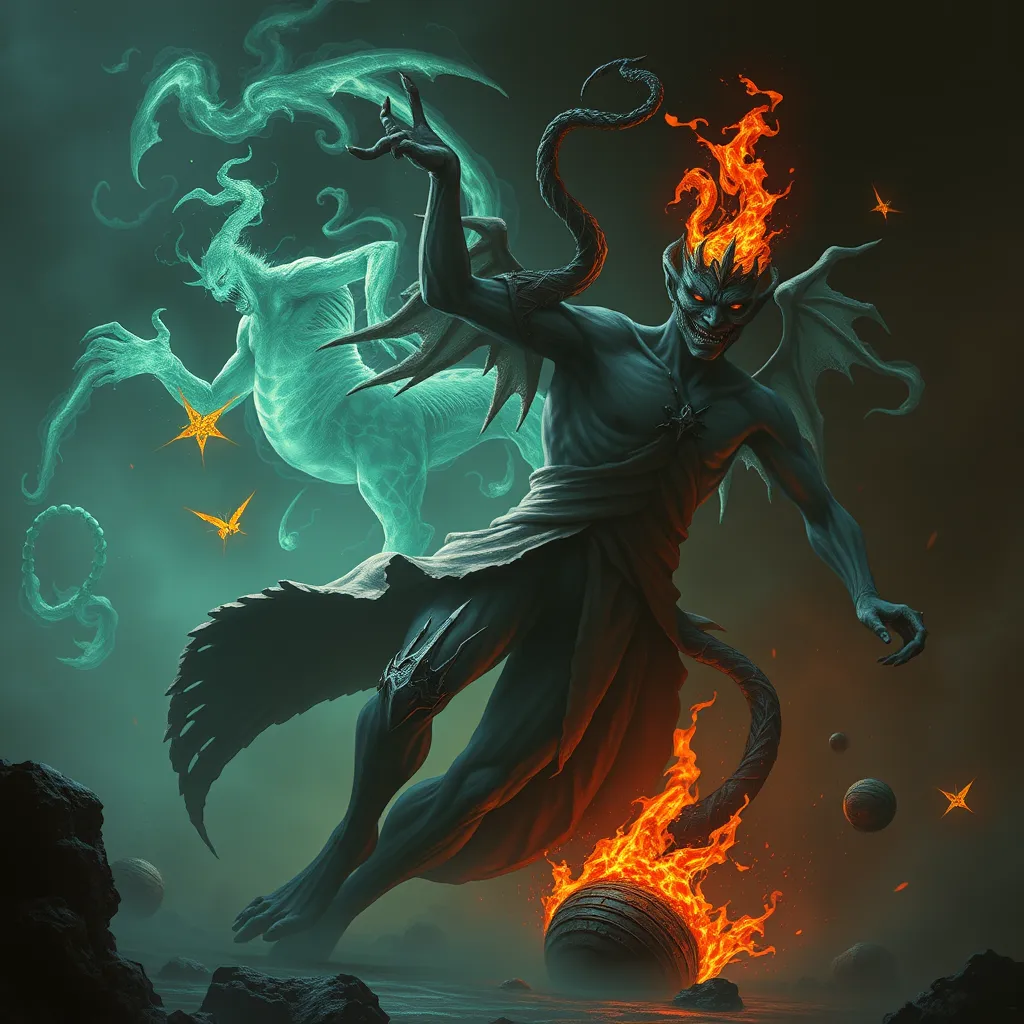The Werewolf’s Trials: Exploring the Themes of Survival, Adaptability, and Resilience in Werewolf Myths
I. Introduction
Werewolf myths have captivated human imagination for centuries, transcending cultures and time periods. From the ancient tales of lycanthropy in Europe to the wolf spirits in Native American folklore, these legends often reflect deeper themes that resonate with the human experience. Central to these myths are the themes of survival, adaptability, and resilience, illustrating how individuals confront their inner demons and the external world.
This article aims to explore the historical context of werewolf myths, the metaphorical significance of the werewolf as a symbol of survival instincts, the adaptability required in facing life’s challenges, and the resilience demonstrated in the face of adversity. Through this exploration, we will gain a deeper understanding of how these themes manifest across various narratives and their relevance in contemporary society.
II. Historical Context of Werewolf Myths
The origins of werewolf legends can be traced back to ancient cultures, where the line between humanity and animal instinct was often blurred. In ancient Greece, the tale of Lycaon, who was transformed into a wolf by Zeus, illustrates early beliefs about shapeshifting and the consequences of defying the divine.
As history progressed, the werewolf archetype evolved. During the Middle Ages, werewolves were often associated with witchcraft and the supernatural, reflecting societal fears of the unknown and the ‘other.’ The infamous trials of suspected werewolves during this period highlight how societal anxieties could manifest in violent persecution.
These myths often served as a mirror to the collective fears and challenges faced by societies, emphasizing how the werewolf became a symbol of both terror and fascination.
III. Survival Instincts: The Werewolf as a Metaphor
The duality of human nature is a prevailing theme in werewolf myths, illustrating the constant struggle between civilized behavior and primal instincts. Werewolves embody this duality, representing the conflict between our rational selves and our innate survival instincts.
In many narratives, the werewolf is depicted as a creature torn between two worlds, often grappling with their transformation. This internal struggle can be seen as a metaphor for the broader human experience of facing fear and danger, where survival instinct often takes precedence over morality.
- Werewolves as representations of primal instincts: The transformation into a wolf symbolizes a return to raw, unfiltered nature.
- Survival as a central theme in werewolf narratives: Many stories focus on the werewolf’s fight for survival against external threats, as well as their internal battles.
IV. Adaptability in the Face of Change
Transformation is a key element of werewolf legends and serves as a powerful symbol of adaptability. The ability to shift between human and wolf embodies the need to navigate changing circumstances and environments.
Werewolves often face the challenge of reconciling their dual identities, learning to harness their animalistic traits while maintaining their humanity. This struggle reflects the adaptability required in the face of life’s changes, whether they be personal, societal, or environmental.
Lessons from werewolf stories can provide insights into how individuals can adapt to societal changes, emphasizing the importance of embracing one’s multifaceted nature.
V. Resilience Against Adversity
Throughout history, werewolves have often faced persecution and societal rejection, serving as a poignant metaphor for those who feel marginalized or misunderstood. The resilience of werewolf characters can be a powerful reflection of the human spirit’s capacity to endure hardships.
The concept of resilience in overcoming personal struggles is central to many werewolf narratives. Characters often confront their fears, societal norms, and personal demons, showcasing the strength required to rise above adversity.
- Werewolves facing persecution: Many stories depict werewolves as outcasts, fighting against societal rejection.
- Examples of werewolf characters demonstrating resilience: Characters such as Jacob Black from the “Twilight” series and Lawrence Talbot from “The Wolfman” illustrate the journey of overcoming personal and external challenges.
VI. Comparative Analysis with Other Mythical Creatures
The themes of survival, adaptability, and resilience are not unique to werewolf myths; they can also be found in other shapeshifter legends. For example, vampires and shapeshifting gods similarly navigate the complexities of dual identities and the struggle for survival.
However, werewolf legends possess distinct features that emphasize the rawness of survival instincts. While vampires often represent seduction and immortality, werewolves symbolize a primal connection to nature and the visceral fight for existence.
These comparisons highlight the cultural significance of shapeshifter myths and their universal themes, reflecting varied societal values and fears.
VII. Contemporary Interpretations of Werewolf Myths
In modern literature and film, werewolves have been reimagined to reflect contemporary societal issues. Works such as “The Howling” and “Teen Wolf” introduce new dimensions to the werewolf mythos, exploring themes of identity, acceptance, and the struggle against societal norms.
Contemporary narratives often resonate with current issues such as mental illness, social alienation, and the quest for belonging. The ongoing relevance of themes like survival, adaptability, and resilience in these stories underscores the timeless nature of werewolf myths.
VIII. Conclusion
In summary, the exploration of werewolf myths reveals a rich tapestry of themes centered around survival, adaptability, and resilience. From their historical origins to their modern interpretations, these legends provide valuable insights into the human condition and the challenges we face.
The enduring nature of werewolf myths speaks to our collective imagination and the universal struggles that define our existence. As we continue to engage with these narratives, we can reflect on the importance of resilience and adaptability in our own lives, drawing strength from the trials of the werewolf.




